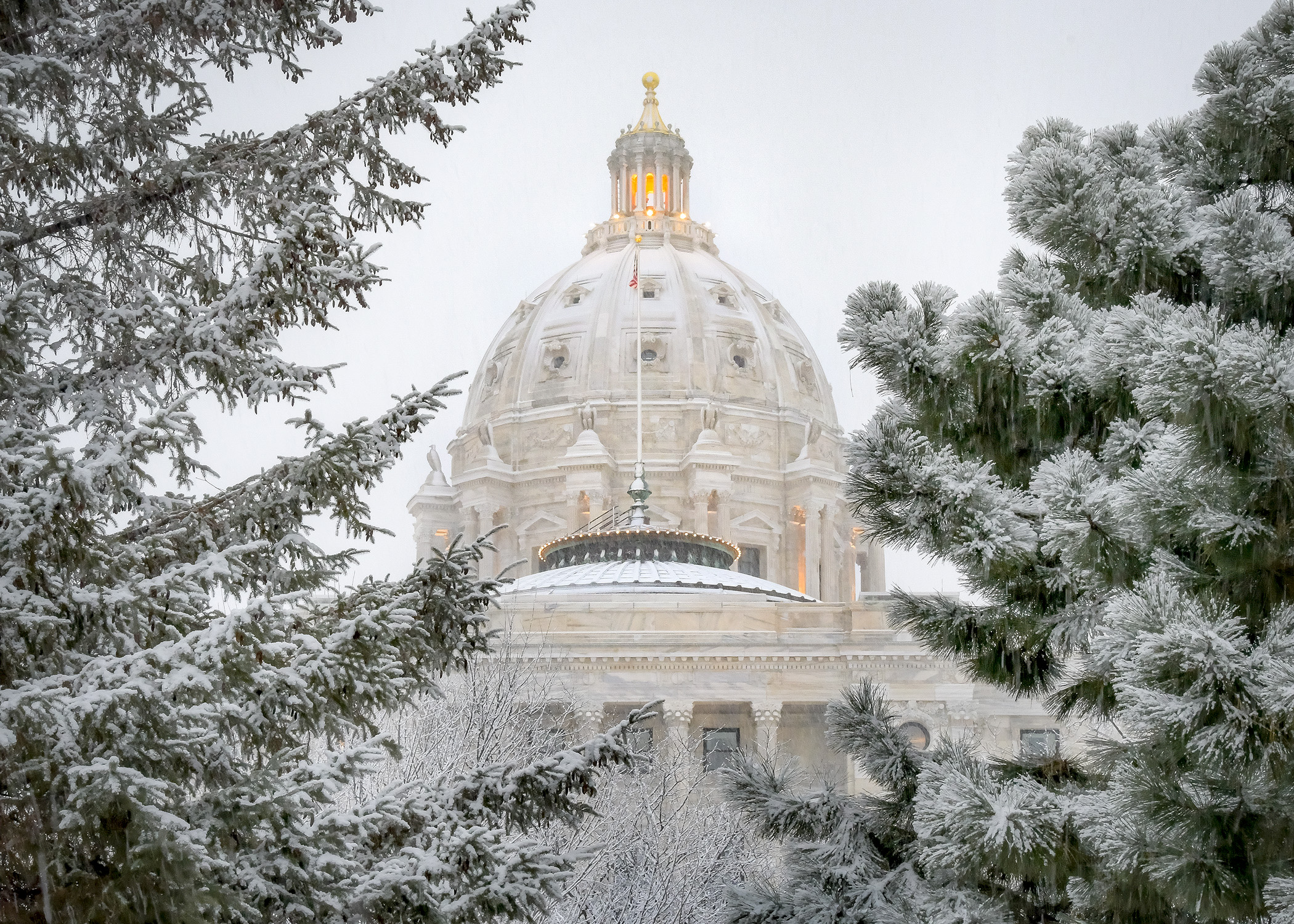Could bonding help rectify racial disparities?

What would closing the gap look like? Several House committees will be addressing that question in coming weeks as they wrestle with “the Minnesota Paradox.”
The term is used to describe the statistics indicating Minnesota boasts a high quality of life, but not for people of color. The state has some of the country’s largest disparities between white residents and minorities when measuring outcomes in economics, education, employment, health and housing.
On Tuesday, the House Capital Investment Committee discussed how the state’s infrastructure investments and bonding projects may be viewed through a racial equity lens. Built around a presentation by Bruce Corrie, an economics professor at St. Paul’s Concordia University, the hearing was informational, but gave a sense of how race may enter into future bonding discussions.
Corrie emphasized that differences between white and minority Minnesotans in wages and wealth-building opportunities — such as advancing an education and buying a home — are costing the state significant economic benefits.
He identified racial disparities in four key areas:
- on average, a Black Minnesotan earns 71 cents for every dollar earned by a white resident, while Native Americans earn 68 cents, Latino Americans 70 cents and Asian-Americans 94 cents;
- there is a 53% homeownership gap between Black and white Minnesotans, while it’s over 30% for Latino and Native Americans, and 25% for Asian-Americans;
- a college graduation gap of 21% exists between white and Black students, with a 19% gap for Native Americans, 12% for Latinos and 4% for Asian-Americans; and
- average sales for businesses owned by Minnesotans of color was $183,000 in 2012, compared to an average of $1.4 million for all firms in the state.
Corrie asserted that if racial gaps were closed in Minnesota people of color would experience a growth in income, assets and lifetime earnings of $287 billion. He also said the state is losing over $2 billion in state and local tax revenue as a result.
Another key element of Corrie’s testimony was that Department of Administration statistics show about 2% of state spending on construction, goods and services has gone to people of color. “This number has not changed in about 20 years,” he said.
To close these gaps, Corrie suggested:
- investing in the building capacity of minority-owned businesses and setting specific goals for them;
- changing rules and regulations that serve as barriers;
- developing mentoring partnerships; and
- monitoring short- and long-term outcomes.
Corrie cited modeling that says if investment geared toward people of color were increased 10%, outputs across Minnesota industries would increase by an estimated $111 billion, and that federal, state and local taxes would increase by $13 billion.
Among the state’s investment tools to leverage private funding, Corrie emphasized loan guarantees to leverage bank lending for communities of color.
Rep. Donald Raleigh (R-Circle Pines) asked for clarification on how the dollar figure was reached for the $287 billion gap in income, assets and lifetime earnings between white Minnesotans and those of color.
“The numbers are based on if all educational levels were the same, $174 billion would be gained,” Corrie said. “If the average BIPOC (Black, Indigenous and people of color) business made the same in revenue as the average white-owned business, that would be another almost $100 billion.”
Corrie said that the best way to improve things economically for communities of color would be to “invest in things that can build wealth in a community,” such as business incubators and land trusts. He added that increased enforcement of current statutes would also help, especially regarding public contracting to BIPOC businesses and Housing and Urban Development Section 3 low-income business and workforce requirements.
“There are tools that require political will, but don’t cost anything,” he said.
Rep. Greg Davids (R-Preston) expressed concern that the state could be “picking winners and losers.”
“I want fairness for everyone,” he said, “but I don’t want reverse racism. We want to take race into account in bonding, but I’m worried about going too far in the other direction.”
Related Articles
Search Session Daily
Advanced Search OptionsPriority Dailies
Ways and Means Committee OKs proposed $512 million supplemental budget on party-line vote
By Mike Cook Meeting more needs or fiscal irresponsibility is one way to sum up the differences among the two parties on a supplemental spending package a year after a $72 billion state budg...
Meeting more needs or fiscal irresponsibility is one way to sum up the differences among the two parties on a supplemental spending package a year after a $72 billion state budg...
Minnesota’s projected budget surplus balloons to $3.7 billion, but fiscal pressure still looms
By Rob Hubbard Just as Minnesota has experienced a warmer winter than usual, so has the state’s budget outlook warmed over the past few months.
On Thursday, Minnesota Management and Budget...
Just as Minnesota has experienced a warmer winter than usual, so has the state’s budget outlook warmed over the past few months.
On Thursday, Minnesota Management and Budget...